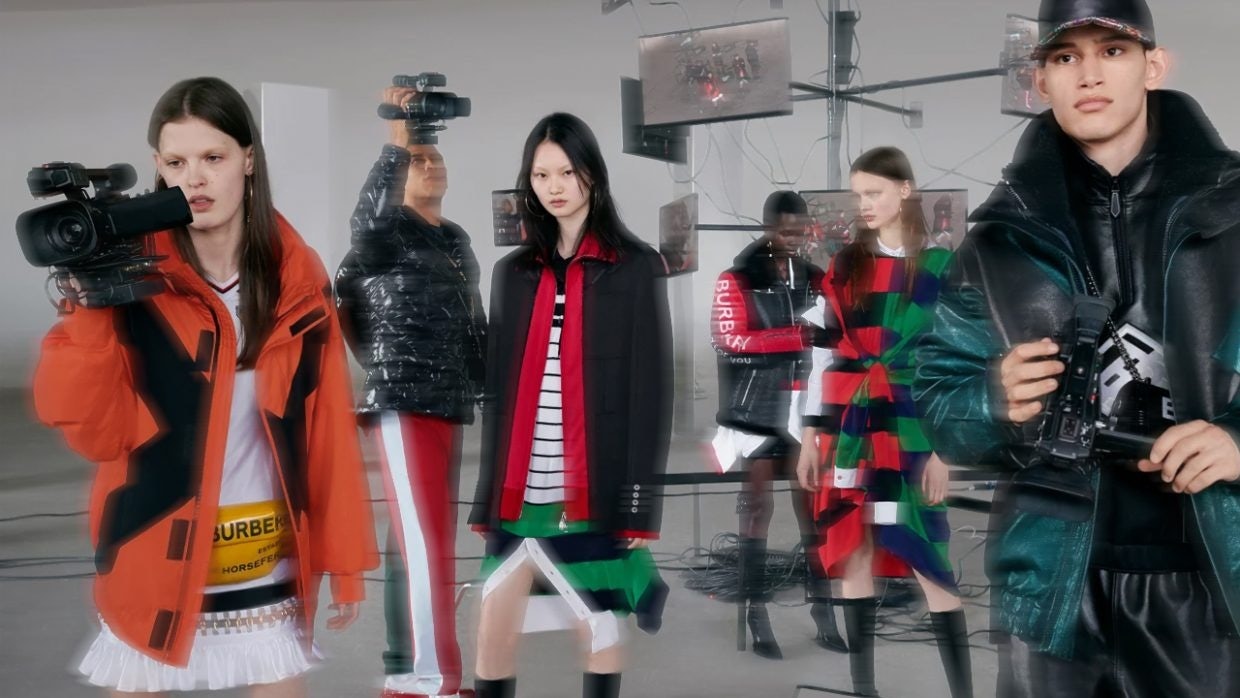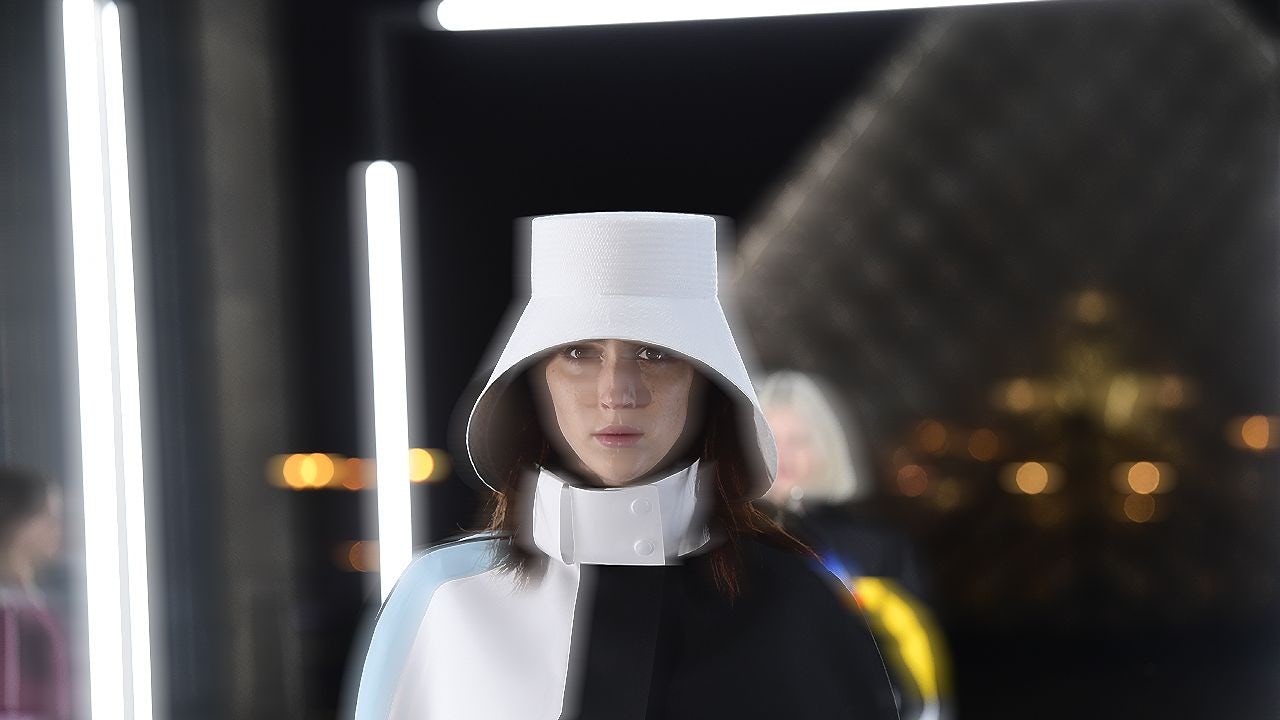By 2030, nearly all of the world’s luxury markets will look completely different because of massive disruption, and, in many cases, those drastic changes will come at the hands of technology.
Generation Z, which will become the most influential group of customers for luxury brands a decade from now, grew up surrounded by technology. For today’s 10-year-olds, a smartphone has been their window to the world since they were born, and 20-year-olds have used them nearly as long as they can remember. Today, almost every interaction happens through digital devices, and in ten years, influencers and key opinion leaders (KOLs) will be much more powerful persuaders than old fashion institutions like Vogue, Elle, or Marie Claire.
This highly-connected generation will force luxury brands to become dramatically more digital than they are today, and brand experiences will need to move fluidly from the digital realm to the physical. Very few luxury brands are currently advanced in this respect, and many will need to make major changes. This does not only mean upgrading digital experiences; for many brands, physical experiences will have to change from transaction to experiential spaces. From “temples” to places that feel like “home,” physical stores will have to transform to help make the brand’s story tangible.
And physical stores must become digital in the sense that store staff should have as much information about the customers as possible to make their shopping experiences individualized and personal. A.I. and predictive algorithms are going to transform the way a brand’s staff will work and what products will be available at certain stores at different times of the day.
Additionally, technology will disrupt luxury markets to their core. The watch industry has already faced a major shake-up thanks to smartwatches, and the change hit those brands that weren’t well-positioned and were weak in brand storytelling the hardest. Over the next decade, the watch industry will face even more disruption, as smartwatches continue to grow and find their way into more high-priced segments.
An important aspect of disruption is what I call the shift to subscription business models. the Apple Watch is such a case. While a consumer may have bought a fine watch in the past, let’s say a Rolex for 10,000, she may now switch to the Hermès version of the Apple Watch, which, at first glance, is much more affordable at around 1,500. However, with the updates on these models, she will probably switch out her watch every one to two years on average. And with thee additional bands she will most likely buy — a part of the business that most traditional watch companies have completely ignored thus far — her investment into the Apple watch could exceed a Rolex investment over the span of a decade. Meanwhile, with the traditional business model, there’s no interaction between the watchmaker and the consumer. But in the Apple business model, there’s consistent customer interaction, from their digital user interface to in-store visits, and that triggers additional revenue. Traditional luxury watchmakers will have to radically rethink their business, revenue, and brand equity models because business as usual won’t work anymore.
An industry that’s been even more disrupted is the automobile industry. For decades, engines were the differentiator between normal, premium, and luxury brands, and very few brands mastered 8, 10, 12, or even 16 cylinder engines. That was what made a brand luxury in the eyes of consumers. But fast-forward to 2030, and many luxury cars will be electric, self-driving, and more attuned to the sharing economy. In the future, cars will become entertainment, workspace, and comfort vehicles, and the rules of the luxury car game will need to be rewritten. As always, when technologies shift, new players emerge to shake up the status quo by doing things differently — a lesson that many established premium and luxury brands have already learned from Tesla. Given the focus in China on electric cars, it will only be a matter of time until Chinese luxury car brands become relevant both inside and outside of China, putting additional pressure on incumbent brands to redefine their business models.
These examples can be extended to practically any luxury category. No product is “safe” from technological disruption, and Asian consumers are not only embracing that disruption, but they're also expecting brands to be at the forefront of technology. One difficulty for incumbent brands is that the technologies of the future are completely different from the technologies of the past. Hence, completely new skillsets are needed. Areas in which a brand previously had expertise might not be relevant at all in the future. A lack of internal capabilities that stems from having been invested in outmoded technologies for too long will endanger many existing luxury brands.
While brands must technologically transform, brand storytelling also has to evolve drastically. When technologies shift, consumers will not necessarily care about traditional players anymore. The fate of Blackberry, Nokia, Kodak, Polaroid, IBM, and many others should be a warning for today’s leading brands that feel safer than they should. Consumers, especially demanding young ones, want to know the story behind the brand. They expect luxury brands to shape their industries, not to wait and see where things go and adapt later. Innovation combined with powerful brand storytelling was never as important as today, and it is already a major weakness for many existing luxury brands.
Technology shifts will be a huge opportunity for companies that embrace them and make them a competitive advantage. The art is to combine new technologies with brand storytelling to create extreme value. The magnitude of disruption has made luxury markets more attractive than ever before while also more challenging than in the past. More precision in luxury brand management will be needed over the next decade as well as more brave and bold decisions. The time for complacency is over.
Daniel Langer is CEO of the luxury, lifestyle and consumer brand strategy firm Équité, and the professor of luxury strategy and extreme value creation at Pepperdine University in Malibu, California. He consults some of the leading luxury brands in the world, is the author of several luxury management books, a global keynote speaker, and holds luxury masterclasses in Europe, the USA, and Asia. Follow @drlanger


